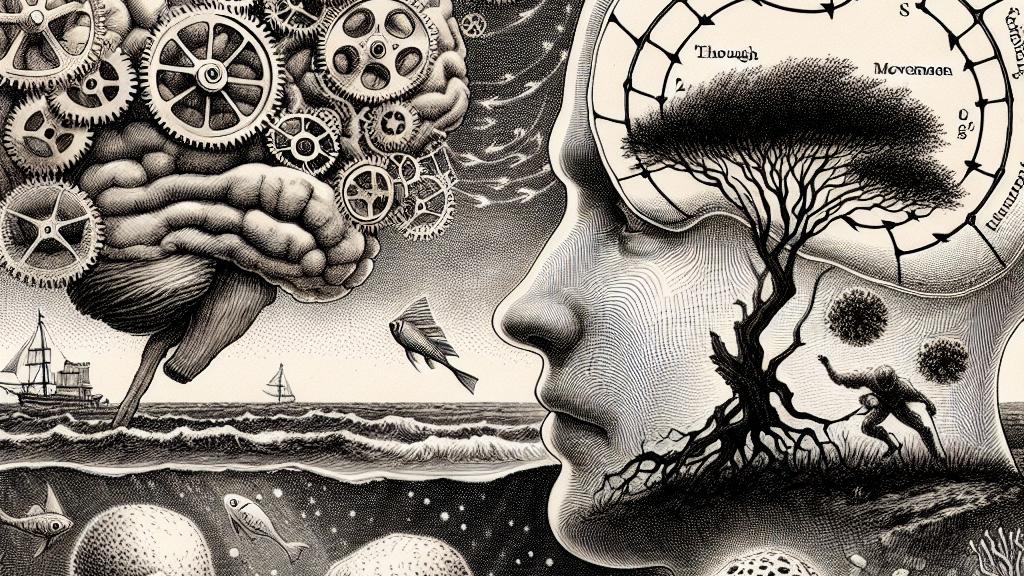The Function of the Brain: Movement Over Thought
Overview
- Surprisingly, the brain's primary function is more about facilitating movement than supporting thought processes.
- Extensive research shows that engaging in physical activity significantly enhances cognitive performance in various ways.
- Understanding this relationship can revolutionize our approaches to education and fitness, promoting overall well-being.

The Role of the Brain in Movement
Recent discussions, particularly from Japan, unveil a fascinating perspective where the brain is viewed more as a facilitator of movement than a creator of thoughts. This notion challenges our conventional understanding, pushing us to reconsider the brain's role in creatures lacking a brain, like trees or sponges, which exhibit impressive forms of movement. For example, consider how trees sway in response to wind, showcasing a reaction to environmental stimuli despite not having a brain. This leads scientists to propose that the brain's primary evolutionary purpose was to enable movement, while thoughts emerged subsequently as a means to navigate those actions. Therefore, grasping this concept not only enriches our understanding of brain function but also emphasizes how movement is intricately tied to survival.
Exercise and Cognitive Function
Astoundingly, a wealth of research highlights the profound connection between physical exercise and improved cognitive function, particularly among children. When kids engage in activities like dancing, swimming, or even playing tag, they are not merely expending energy; they are also enhancing their brain's capabilities! For instance, aerobic exercise significantly boosts blood flow to the hippocampus, vital for memory and learning, promoting better retention of information. Imagine a classroom where students alternate between solving math problems and participating in quick physical activities—it’s a recipe for success! Additionally, studies indicate that simple actions, such as a brisk walk, can elevate mood and sharpen focus, proving that every motion matters. It becomes clear that cultivating a culture of movement could lead to not only fitter bodies but also sharper minds, demonstrating that physical health and mental acuity are inextricably linked.
Practical Implications for Education
Since the brain's primary function relates fundamentally to movement, it is paramount for educational systems to innovate by integrating physical activity into everyday learning. Picture a scenario where students practice stretch breaks during lectures or engage in group sports to understand teamwork principles—how exhilarating and educational! Such initiatives not only invigorate students but also enhance cognitive engagement in meaningful ways. Moreover, research underscores that physical movement can enhance brain activity more effectively than static learning environments. This strategy resonates with our evolutionary understanding, displaying how movement can foster enriched educational experiences and ignite a love for learning. Ultimately, to nurture both physical and mental prowess in students, we must harness the powerful synergy between movement and cognitive performance, steering future education in a direction that prioritizes holistic development.

Loading...